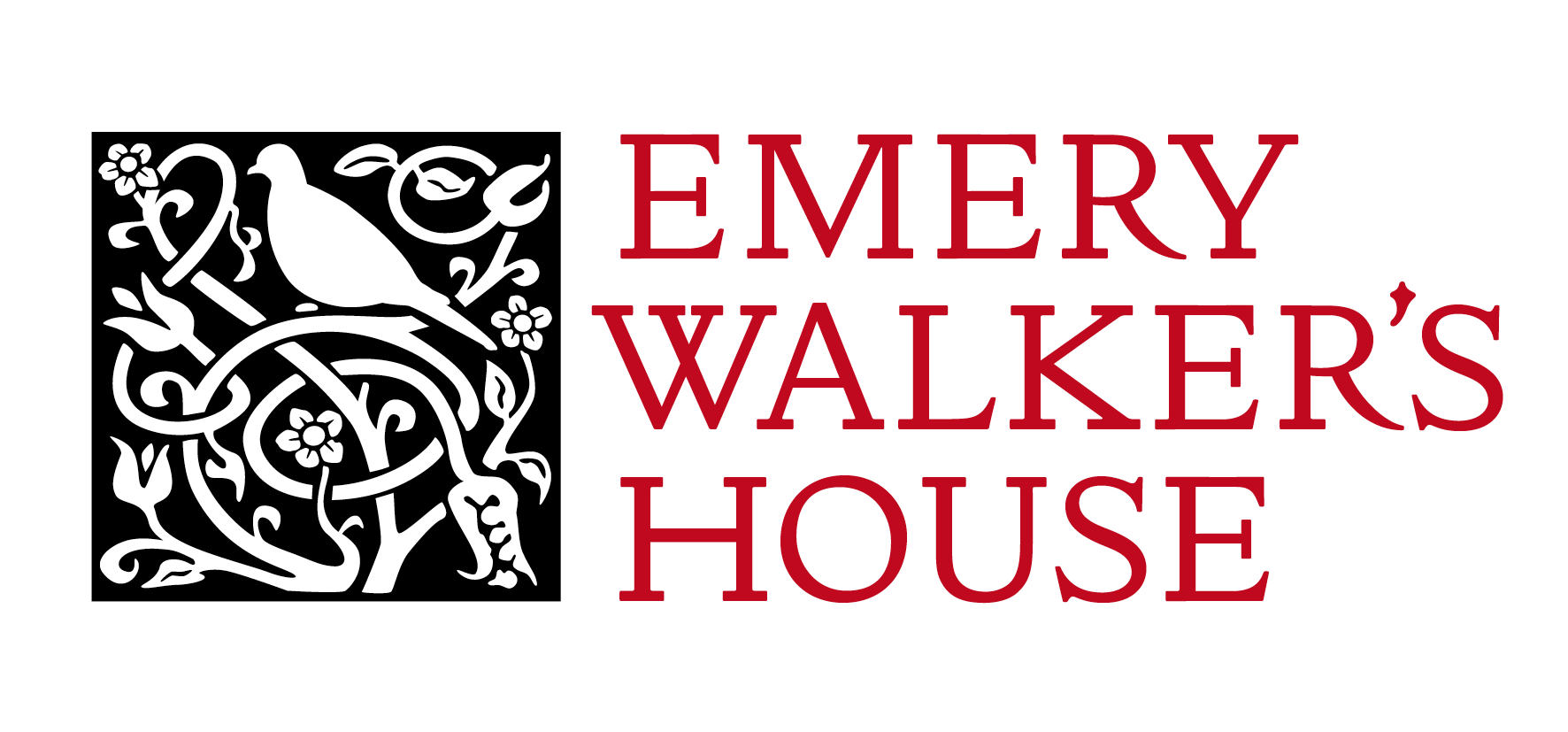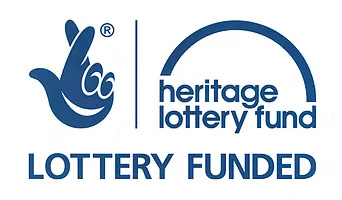I started volunteering at Emery Walker’s house in January 2017 whilst I was completing the final year of my PhD in Digital Islamic art. My subject was very much informed by traditional Islamic art and architecture and its continuity through contemporary artistic practice in the UK. However, I have also had a long interest in arts and crafts of all cultures and had been a fan of William Morris’ work from a young age.
I started volunteering just as the house was being reinstated after its closure for restoration. My initial duties were to assist with cleaning objects and placing these back on display in their original locations around the house. I then moved quickly onto cataloguing objects; those that were yet to be added to the catalogue database needed to be photographed, measured, their details and conditions being described very thoroughly. During this process, I was becoming very familiar with the house, the family who once lived there and their many connections within the Arts and Crafts movement. I also became more familiar with the items in the house and the vast variety they
formed. It was evident that no material was unimportant and no time period was disregarded by the previous residents.
Some of the items I immediately noticed on display included Turkish Ottoman tiles and plates. I also noticed an old leather saddle with wooden base embedded with a geometric pattern made of mother of pearl. After the house was open again for public tours, I moved on to cataloguing those objects that were in storage. By this stage my familiarity and knowledge of the objects in the collection had increased vastly and I also kept noticing more examples that I recognised as being from Muslim countries, orwith Arabic or Persian inscriptions. Some of these objects had very distinctive patterns, including geometry or floral forms, yet these were styled in such a way that they were distinct enough from the European and British items in the house. In my experience, these items would be referred to asIslamic art by museum curators, especially as they were historical examples and certainly related to Islamic culture, if not Islamic faith.


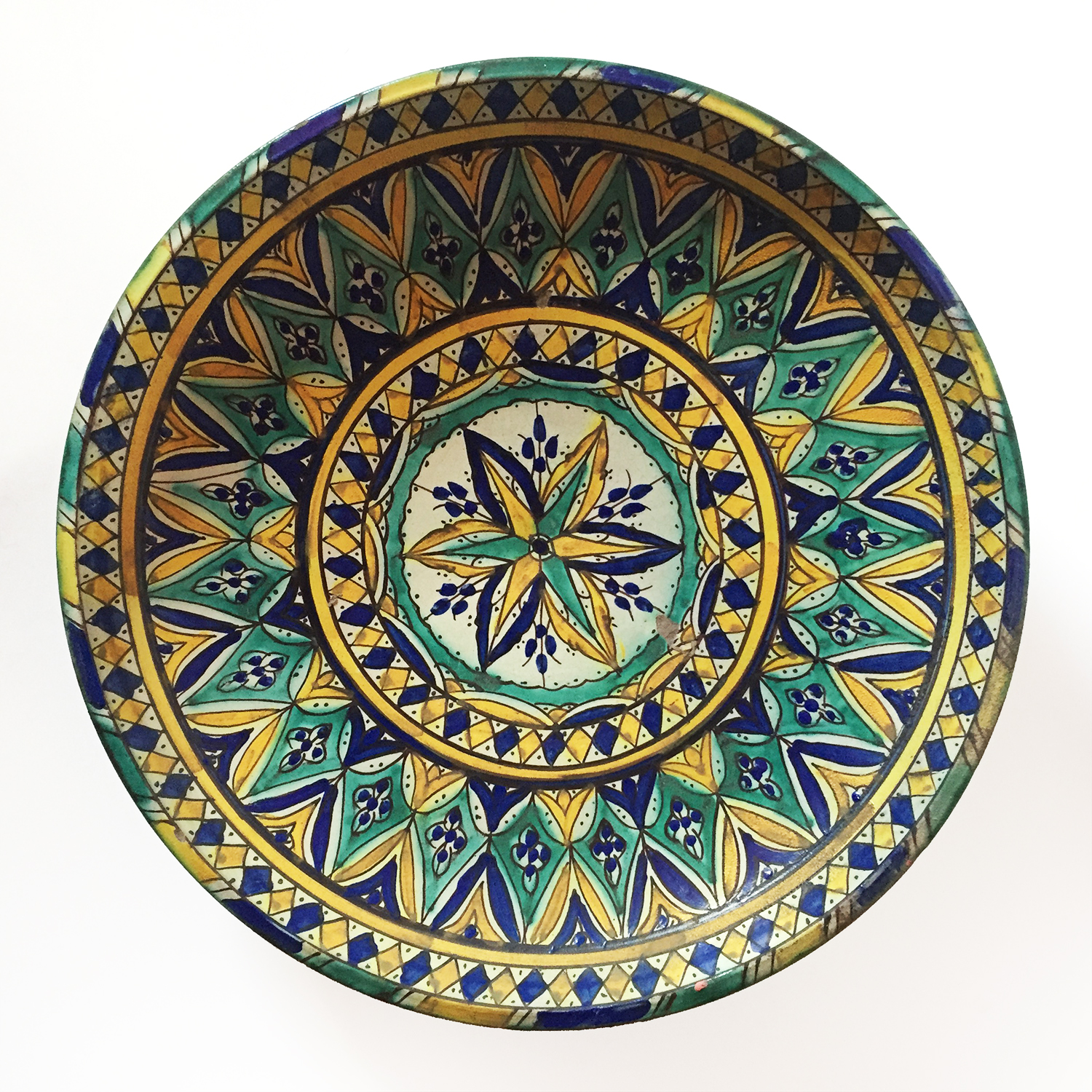
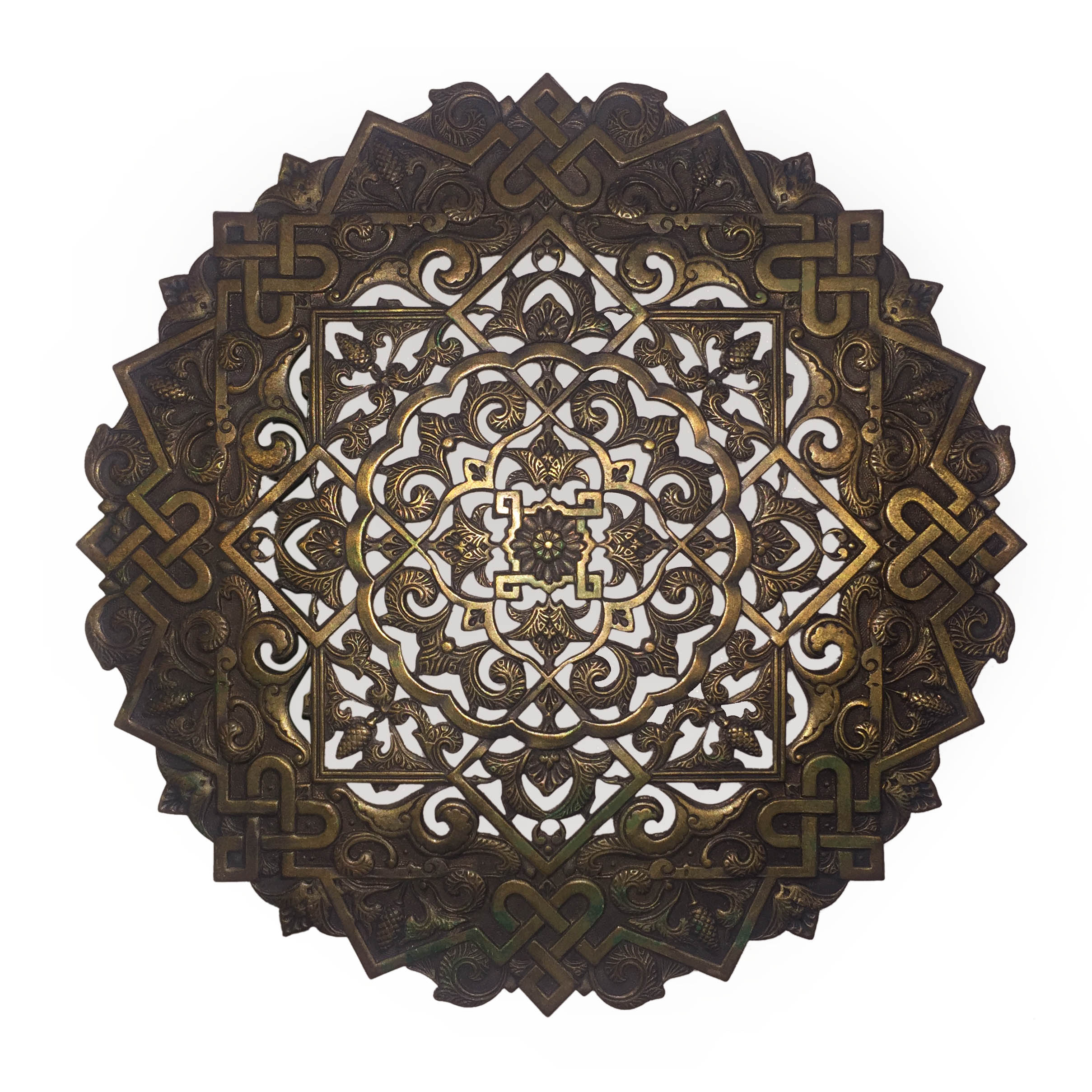
In July 2017, I came across a call from the Islamic Art and Material Culture Subject Specialist Network. They were looking to provide small grants to museums who might need to find out more about their Islamic art collections by providing access to specialist curators and researchers.Together with Helen Elletson (manager and curator at Emery Walker House), I was able to assist with making an application for this and we were successful. This was a very exciting time for us. We were soon visited by Professor James Alan, former curator at the Ashmolean Museum in Oxford, who was able to provide some insight on items and their origins.
For example, we learnt that a small metal tube was designed to hold powdered kohl, and that the Ottoman styled ceramic tiles and plates were in fact European imitations. However, we also learnt that the collection of Moroccan ceramics were considered very interesting and not so common in museum collections.
It was determined that more focus could be brought on the Islamic art collection within Emery Walker’s house by looking closely through the archives and also researching further into individual objects. The grant allowed for time to be spent on these tasks and resulted in many interesting discoveries along the way. It was felt that the best way to share all the new gained knowledge, in an accessible manner, and for a wider audience would be to curate a new section on the website.
The new section illustrates how the Walkers and Elizabeth de Haas engaged in Islamic art and culture through their travels. It presents an insight into their personalities, that they were keen to learn, see the world, and also adorn their home with interesting and beautiful objects.
Visitors to the website will be able to learn a little more about Islamic culture through select items originating from Europe, North Africa and the Middle East. These items illustrate the vast variety in media and form, yet present a common link through decorative styles, often utilising geometry and floral patterns and signifying the role of the written word as an art as well as a means of communication. Most importantly, visitors will get to see particular objects in much more detail, with close-up photos of those items that remain in storage.

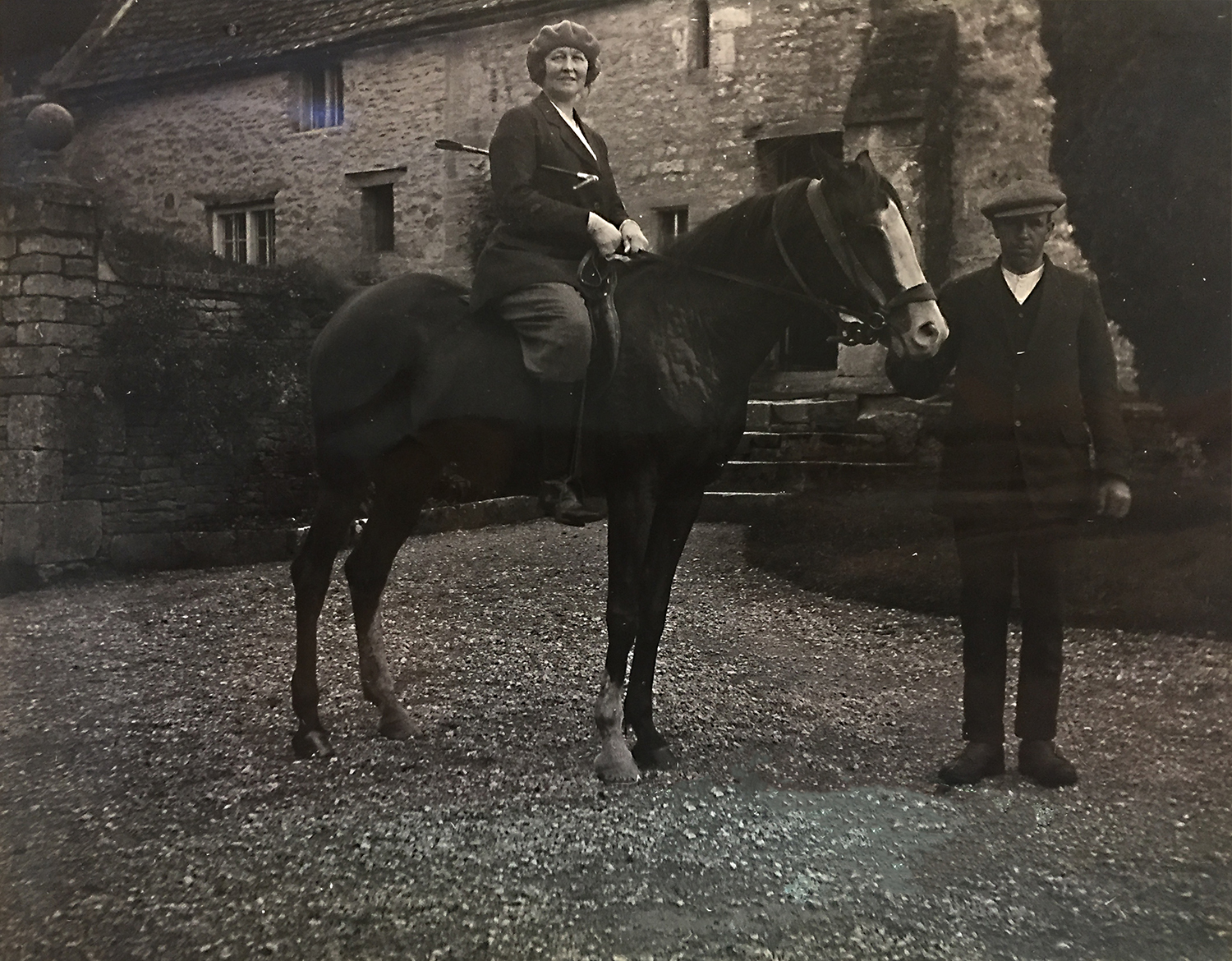
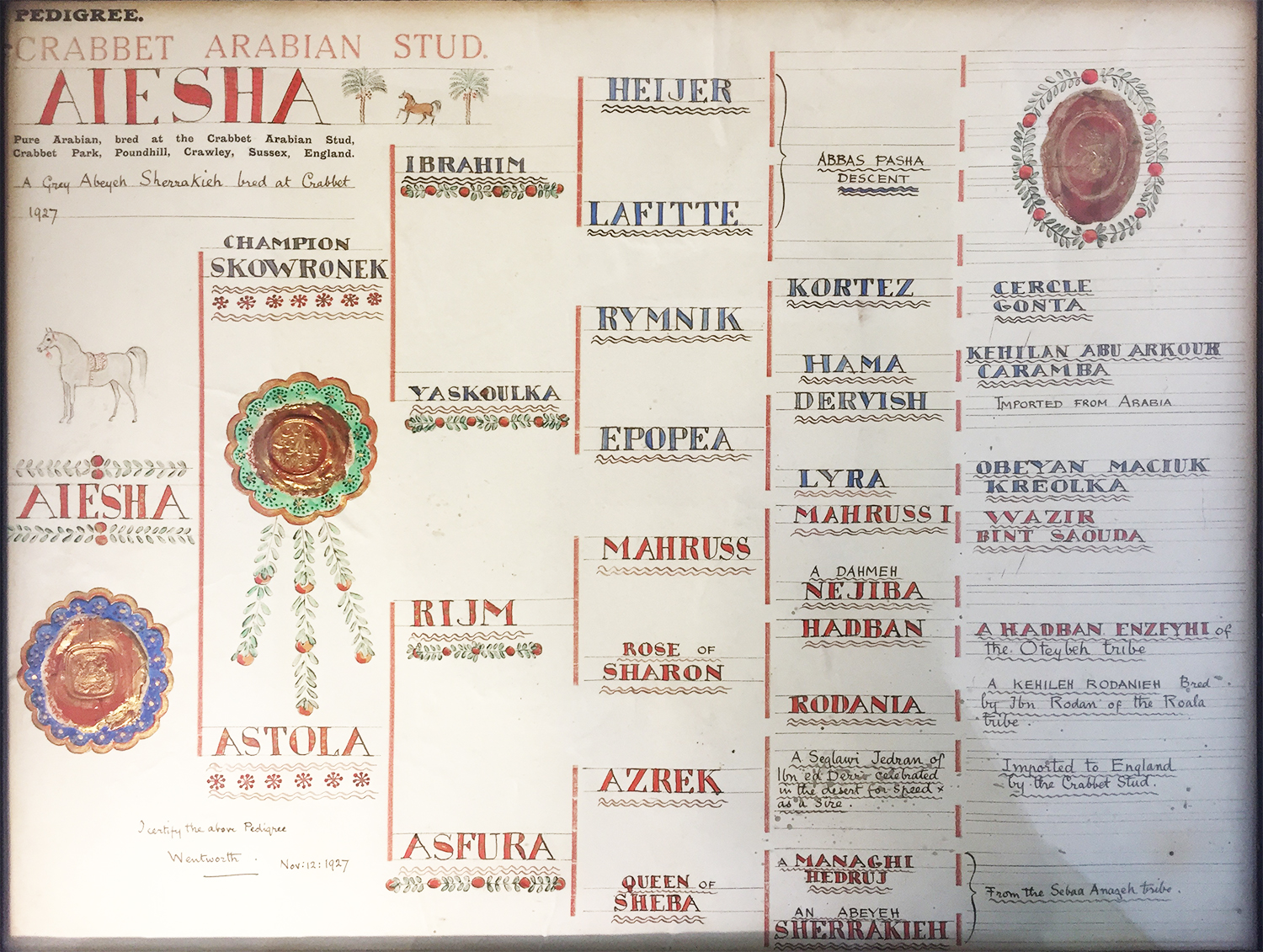
One of the most exciting things for me personally was discovering how keen the Walkers were to learn Arabic. They followed this through by reading texts on Arab culture and by reading the Qur’an, a very important religious script for Muslims. After learning about the letter in which Mary Walker mentions the Qur’an, (highlighted through research conducted by Simon Loxley), I was able to see the extent of this passion myself when I came across the Arabic writings of Dorothy Walker in the
archives kept at the V&A museum. I have been learning Arabic myself and therefore know how challenging a task this can be. It also speaks much of their characters and personalities, that they were not deterred by a fear of the ‘unknown’. I get the impression that the Walkers were a curious bunch but open-minded and feel that they would have been very interesting people to have known.


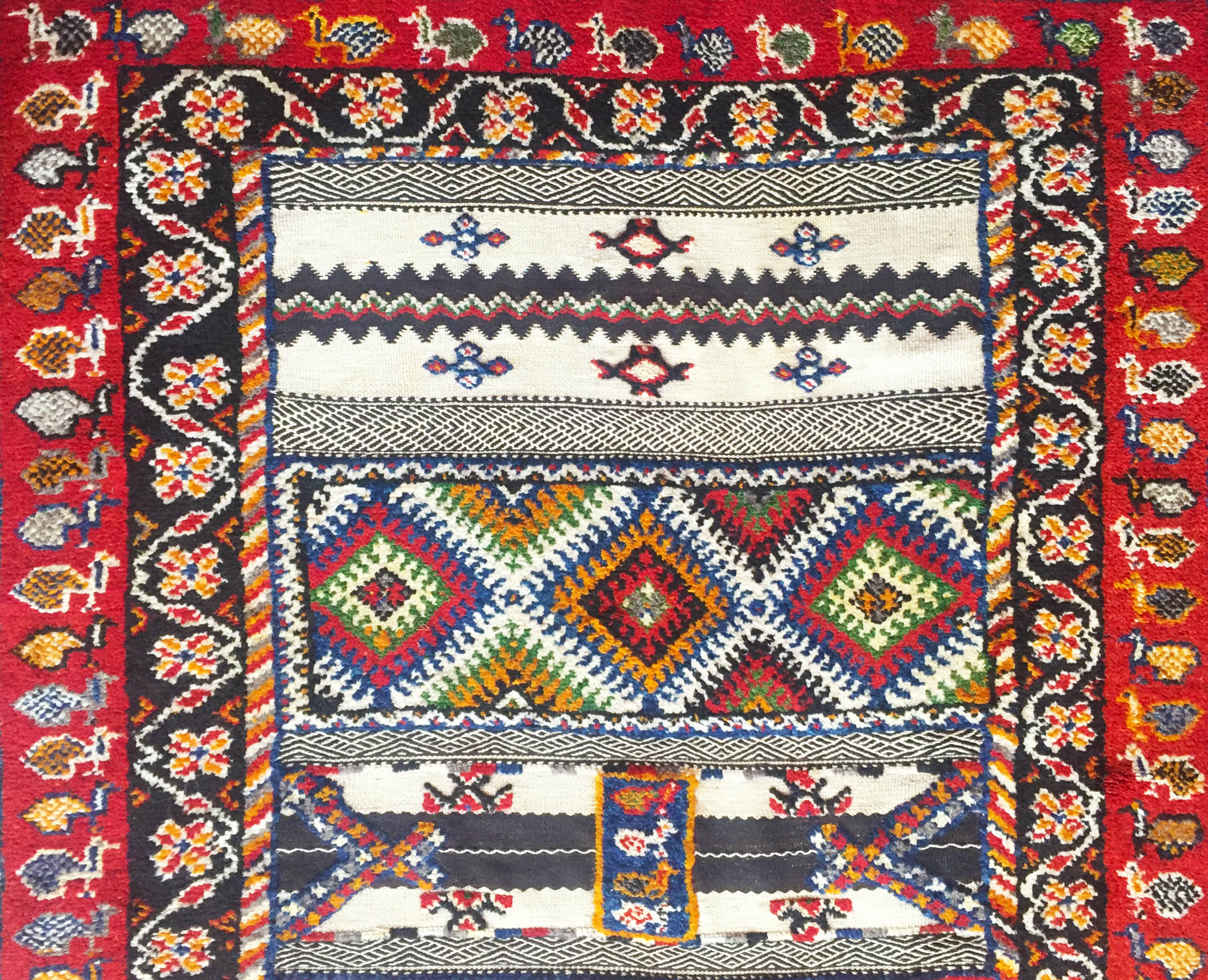
My experience through cataloguing at Emery Walker’s house has always been so interesting, and a little like problem-solving. The whole experience, including researching and curating the exhibition has left me with an eagerness to keep learning more about the family, their circle of friends (who also had similar interests in arts and crafts), and see what else is waiting to be discovered in the house and archives.
*There is a small exhibition of Islamic artefacts which are normally in storage currently being shown at Emery Walker’s house running until the end of November, when the house closes for the Winter. Book online now, if you would like to visit.


